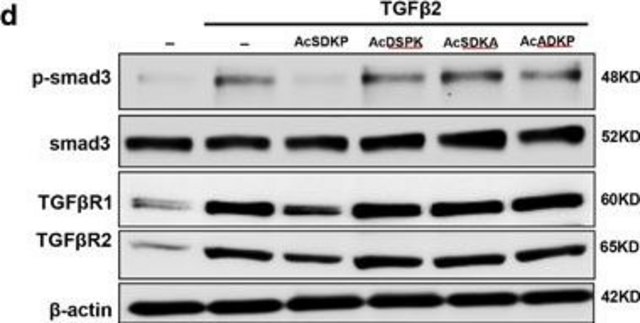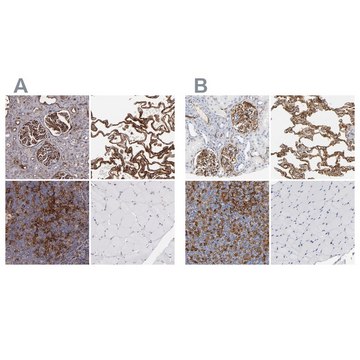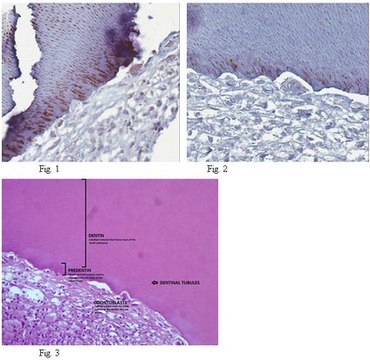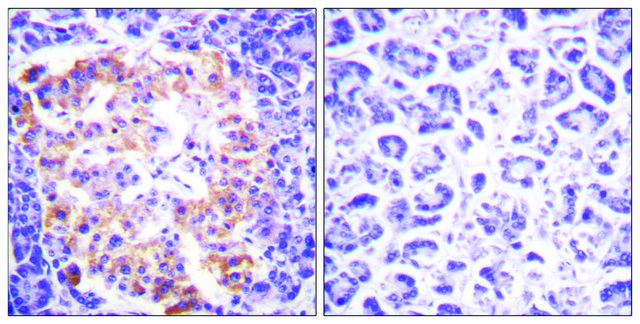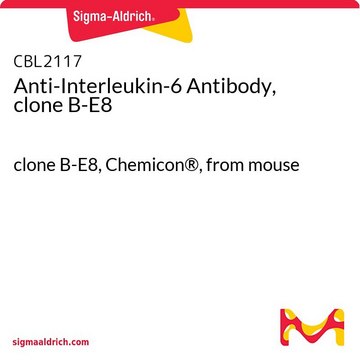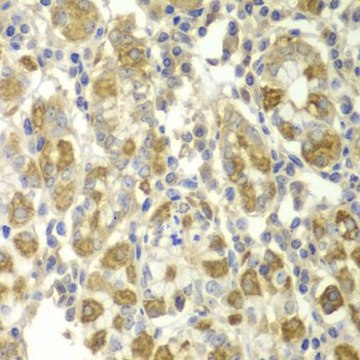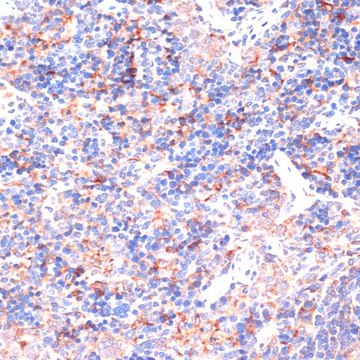ABF17-I
Anti-TGF-beta Receptor Antibody, type I
from rabbit, purified by affinity chromatography
Synonym(s):
EC:2.7.11.30, TGFR-1, Activin A receptor type II-like protein kinase of 53kD, Activin receptor-like kinase 5, ALK-5, Serine/threonine-protein kinase receptor R4, SKR4, Transforming growth factor-beta receptor type I, TbetaR-I
About This Item
Recommended Products
biological source
rabbit
Quality Level
antibody form
affinity isolated antibody
antibody product type
primary antibodies
clone
polyclonal
purified by
affinity chromatography
species reactivity
human, mouse
species reactivity (predicted by homology)
rat, porcine, bovine
technique(s)
flow cytometry: suitable
immunohistochemistry: suitable (paraffin)
western blot: suitable
NCBI accession no.
UniProt accession no.
shipped in
ambient
target post-translational modification
unmodified
Gene Information
human ... TGFBR1(7046)
Related Categories
General description
Specificity
Immunogen
Application
Flow Cytometry Analysis: 1 µg from a representative lot detected TGF-beta receptor type-1 in one million mouse splenocyte cells.
Quality
Western Blotting Analysis: 1 µg/mL of this antibody detected TGF-beta receptor type-1 in 10 µg of rat liver tissue lysate.
Target description
Linkage
Other Notes
Not finding the right product?
Try our Product Selector Tool.
Storage Class Code
12 - Non Combustible Liquids
WGK
WGK 1
Certificates of Analysis (COA)
Search for Certificates of Analysis (COA) by entering the products Lot/Batch Number. Lot and Batch Numbers can be found on a product’s label following the words ‘Lot’ or ‘Batch’.
Already Own This Product?
Find documentation for the products that you have recently purchased in the Document Library.
Our team of scientists has experience in all areas of research including Life Science, Material Science, Chemical Synthesis, Chromatography, Analytical and many others.
Contact Technical Service
